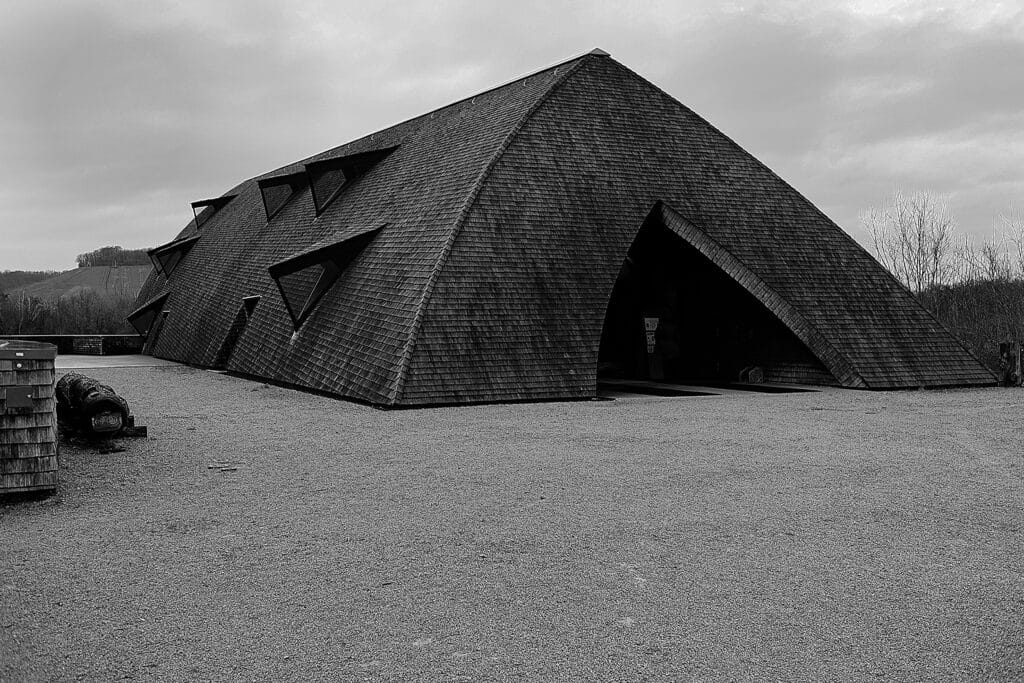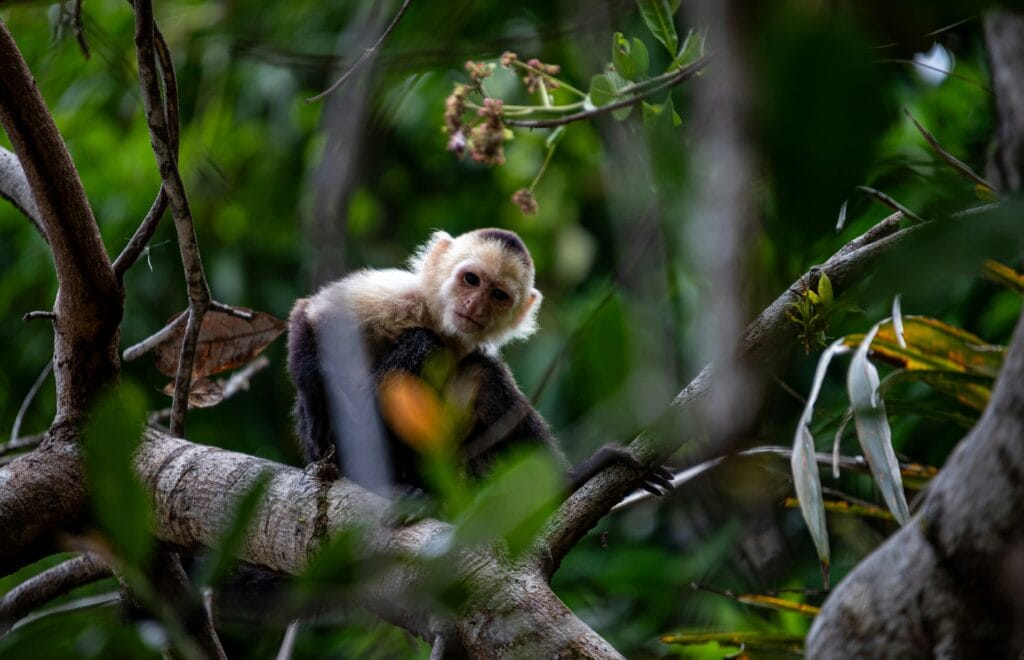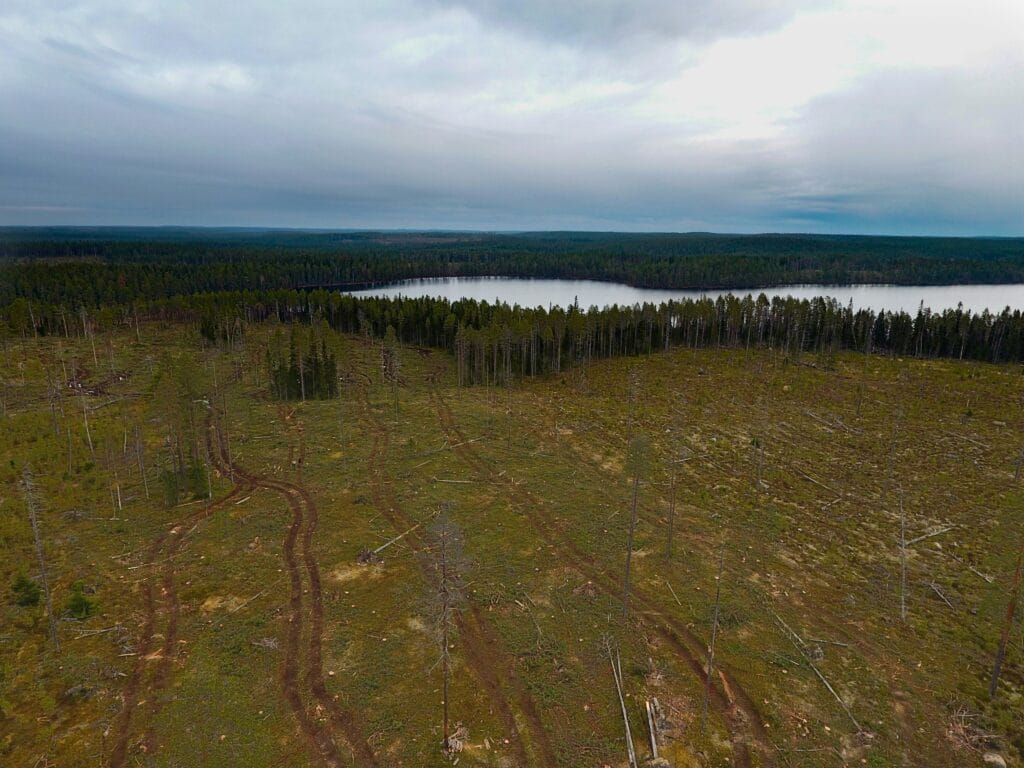Is it possible to uncover treasures hidden beneath the ocean’s surface? The underwater realms of Raja Ampat, Indonesia, stand as a testament to the wonders that lie below. With an expansive marine biodiversity that captivates the imagination of divers and snorkelers alike, this region presents unparalleled experiences for those seeking to engage with nature in its most pristine form.
Table of Contents
Overview of Raja Ampat and Its Significance
Raja Ampat, located in the West Papua province of Indonesia, is an archipelago comprising over 1,500 small islands rich in marine life. It is renowned for its striking beauty, both above and below the water. The region is often lauded as one of the most biodiverse marine ecosystems on the planet, holding the title of the “Amazon of the Seas.”
The relevance of Raja Ampat in today’s environmental narrative cannot be overstated. As climate change poses threats to marine environments worldwide, understanding and experiencing regions like Raja Ampat becomes increasingly vital. The urgent need to protect and preserve such enchanting ecosystems calls for attention from eco-tourists and marine conservationists alike.
Thesis Statement
The underwater world of Raja Ampat offers an exquisite tapestry of biodiversity that is best experienced through diving and snorkeling. This article will elucidate the essential features of diving and snorkeling in this region, detailing experiences, environmental significance, and potential trends that may shape the future of marine exploration.
Historical Context of Diving in Raja Ampat
Historically, Raja Ampat was inhabited by the indigenous Papuan people, whose connections to the sea are integral to their cultural heritage. However, it was not until the late 20th century that international interest in the area’s marine life surged, coinciding with global movements focusing on marine conservation. In 1990, the first scientific surveys conducted in Raja Ampat unveiled the region’s incredible marine biodiversity, which includes over 600 species of coral and more than 1,700 species of fish.
As diving technology progressed, local communities began to recognize the economic potential of marine tourism. The establishment of protected marine areas and the promotion of sustainable practices allowed for a burgeoning diving industry. This shift not only helped to preserve the region’s unique underwater habitat but also provided livelihoods for local residents.

Current Trends in Diving and Snorkeling
The rise of eco-tourism reflects a broader trend towards sustainable travel, with divers and snorkelers seeking out experiences that contribute positively to local ecosystems. In Raja Ampat, the incorporation of eco-friendly practices has become a hallmark of many dive operations. For example, dive schools often conduct briefings on responsible diving and emphasize the importance of coral conservation.
Recent years have also seen an increase in liveaboard dive trips, wherein divers can stay on a boat for extended periods, allowing access to more remote dive sites. This trend caters to the adventurous spirit among tourists and enhances their chances of encountering rare marine species, such as the elusive manta ray or the mesmerizing dugong.
Key Concepts: Diving and Snorkeling Definition
Diving refers to moving underwater while breathing through an apparatus known as a scuba tank. This form of exploration allows divers to stay submerged for extended periods while observing marine life close-up. Snorkeling, on the other hand, involves floating on the surface of the water while using a snorkel (a breathing tube) and a mask, making it accessible for those who may not wish to engage in deeper underwater exploration.
Both activities serve to foster a profound appreciation for marine ecosystems, emphasizing the need for both experiences to be conducted responsibly to minimize environmental impact.
Breaking Down the Underwater Experience
The Marine Ecosystem of Raja Ampat
Raja Ampat is characterized by its diverse ecosystems, ranging from coral reefs and mangroves to seagrass meadows. Each ecosystem supports a unique array of marine life:
Coral Reefs: These vibrant underwater cities serve as habitats for thousands of marine species. Corals not only provide shelter but also serve as the primary building blocks of the ecosystem.
Mangroves: The intricate root systems of mangrove trees act as nurseries for many species of fish and crustaceans, providing a vital link in the marine food chain.
Seagrass Meadows: Seagrass is critical for maintaining water quality, stabilizing sediments, and serving as a habitat for various species, including endangered sea turtles.
Understanding these ecosystems empowers divers and snorkelers to appreciate and engage more deeply with their surroundings while promoting conservation efforts.
Example 1: The Dive Site ‘Blue Magic’
Considered one of the premium dive spots in Raja Ampat, ‘Blue Magic’ is renowned for its stunning coral formations and the diversity of marine life. Divers flock to this site to witness schools of fish, vibrant corals, and the occasional sighting of larger species, such as sharks and rays.
Numerous dive operators have reported high levels of biodiversity observed in the area, showcasing the effectiveness of previous conservation efforts. It serves as a model of how responsible diving practices can benefit marine environments while providing unforgettable experiences for visitors.
Example 2: The Snorkeling Experience at ‘Manta Sandy’
For those opting for a shallower interaction with the underwater world, ‘Manta Sandy’ offers fantastic snorkeling opportunities. This site is famed for manta ray sightings, where snorkelers can drift alongside these gentle giants as they feed.
Snorkelers benefit from guided tours that emphasize minimal footprint practices, ensuring the safety of both participants and marine life. Moreover, the experience at Manta Sandy speaks to the broader ecological impact of tourism, highlighting how immersive interactions with marine life can spark interest in marine conservation.
Comparing Different Perspectives: Environmentalists vs. Tour Operators
Understanding the varying viewpoints on diving and snorkeling in Raja Ampat helps to create a balanced narrative on its impact:
| Perspective | Environmentalists | Tour Operators |
|---|---|---|
| Objective | Conservation of marine ecosystems | Promoting tourism and economic growth |
| Strategy | Advocating for responsible tourism practices | Developing sustainable dive operations |
| Concerns | Over-tourism harming fragile ecosystems | Economic stability and livelihoods for locals |
| Recommendations | Limiting visitor access to sensitive sites | Continuous training on eco-friendly practices |
| Outcomes | Successful marine conservation initiatives | Increasing high-season visitor numbers |
This comparative analysis illustrates the intricate balance between conservation and sustainable tourism. Both parties aim to protect Raja Ampat’s resources while ensuring that visitors can appreciate its natural beauty.

Impact Assessment of Marine Tourism in Raja Ampat
The environmental impact of dive tourism on Raja Ampat has generated considerable discourse. While marine tourism can pose challenges, such as overfishing and damage to coral reefs, well-structured initiatives often lead to greater awareness and sustainability.
For instance, the implementation of marine protected areas (MPAs) serves to mitigate potential harm. Evidence indicates that since establishing MPAs, fish populations have increased significantly, contributing to healthier marine ecosystems and enhanced diving experiences.
Moreover, local communities have gained valuable economic opportunities through marine tourism. Sustainable dive operations often provide training and employment for local residents, fostering stewardship of marine resources and a deeper connection to the ecosystem.
Future Directions and Implications
Predictions for Marine Exploration
As marine awareness continues to grow, future diving and snorkeling experiences in Raja Ampat may incorporate advancements in technology. Virtual reality (VR) diving may enhance accessibility, allowing individuals unable to participate physically to experience the underwater world.
Moreover, real-time monitoring tools, such as underwater drones, may become integral in assessing the health of marine ecosystems, benefiting both tourists and scientists. These innovations ensure the unique marine biodiversity of Raja Ampat remains preserved for future generations.
Societal Implications
The continued popularity of diving and snorkeling within Raja Ampat can lead to substantial social impacts. Increased tourism necessitates improved infrastructure, which could benefit local communities, and foster respect for marine environments.
However, the responsibility to safeguard these ecosystems must not be overlooked. As interest surges, ongoing education about the significance of responsible practices among visitors will be paramount.

Conclusion
In summarizing the key points discussed, Raja Ampat’s underwater world serves as an enticing platform for both diving and snorkeling. With its expansive biodiversity, the region is a microcosm of the broader issues facing marine environments today. By embracing responsible tourism, divers and snorkelers contribute to the preservation of extraordinary ecosystems while immersing themselves in an unforgettable experience.
Raja Ampat highlights the majesty of our oceans and raises pressing questions: What role can individuals play in marine conservation? As visitors explore its pristine waters, they are left reflecting on profound environmental implications and the responsibility of maintaining such treasures.
The intricate, interconnected nature of our oceans requires attention and advocacy, and Raja Ampat can inspire action for anyone fortunate enough to experience its beauty.
